Propensity Model
A Modular Approach

Look Back
Understand the effectiveness of your past direct promotions
For every targeted promotion run, see revenue generated, volume sold but also true value through profit made – understand the contribution of auto-reward, pull-forward and cannibalization

Look Forward
Create informed future promotional plans
Use AI predictions to understand the expected revenue, volume and profit for your next direct promotional offer plan. Explore variations to see their impacts on footfall, profit, engagement and CLV to identify the optimal plan for your goals
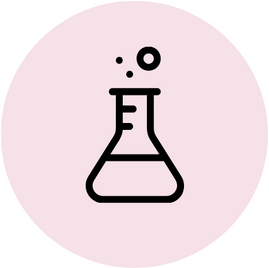
Optimise Value
Achieve your unique KPIs by delivering the right offers to exactly the right customers
Create your unique KPIs by dialling UP or DOWN their importance to that campaign – and get recommendations on the optimal way to deploy your offers across your customer base
Propensity Model
Phase 2

Personalise
Create personalised offers for each individual customer
Using your KPIs to guide the recommendations – get personalised offers for each customer – maximise value for your company and give your customers a great experience
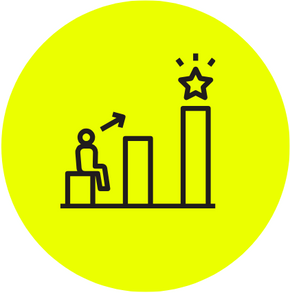
Actualise
Give your customers the ultimate personalised experience that helps them to achieve their goals
Individual offers can be tailored to not only achieve your goals but can be created to support your customers in their personal goals, be that to shop more sustainably, eat more healthily, or treat themselves, personalised promos that will help nudge your customers towards the goals they wish to achieve and will reward them for doing so
Propensity Model
Revenue Is Not Value
See the TRUE effects of targeted promotions. Other “solutions” hugely overestimate true incremental value. DAMSL’s AI models measure hidden costs to the business
Auto Reward
Mistakenly offering a discount to a customer who will buy a product anyway can cost money – but is made to look like a “win” in some solutions!
With Offer


Profit: £6.42

No Offer


Profit: £11.27
Cannibalisation
Increased basket spend, or high offer uptake, may be considered a “success” by some systems, even when money has actually been lost due to cannibalization!
With Offer


Spend: £24.00
Profit: £3.92

No Offer


Spend: £15.00
Profit: £11.27
Pull Forward
Pull-forward can make a targeted promotion look like it was a win, even though it actually costs money in the long run, when considering longer term costs!
January Offer




January
February
Profit: £6.42

No Offer




January
February
Profit: £11.27
Propensity Model
Create Bespoke KPIs
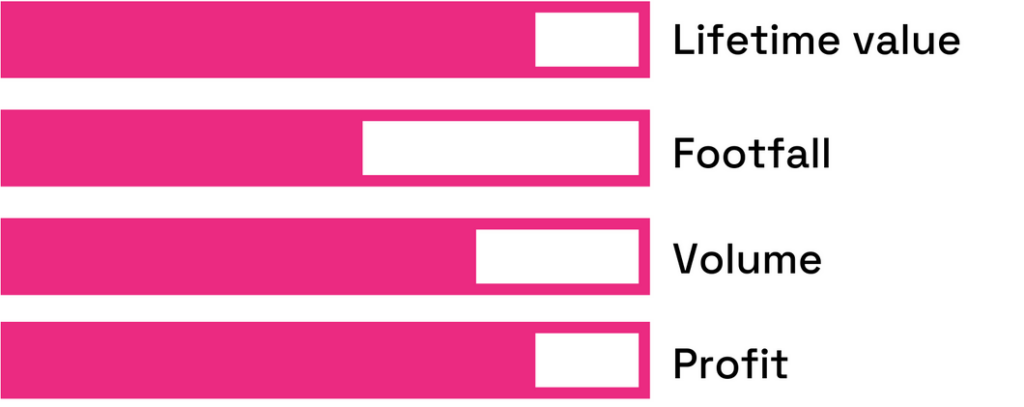
Select KPIs
Dial up or down the KPIs that are most important to you for that period means you can pick customers that will have the best impact on your goals

Bespoke Recommendations
Receive bespoke recommendations on what offers to send to what customer segments
Propensity Model
Digital Self
DAMSL solves this by building a customer’s “digital self”
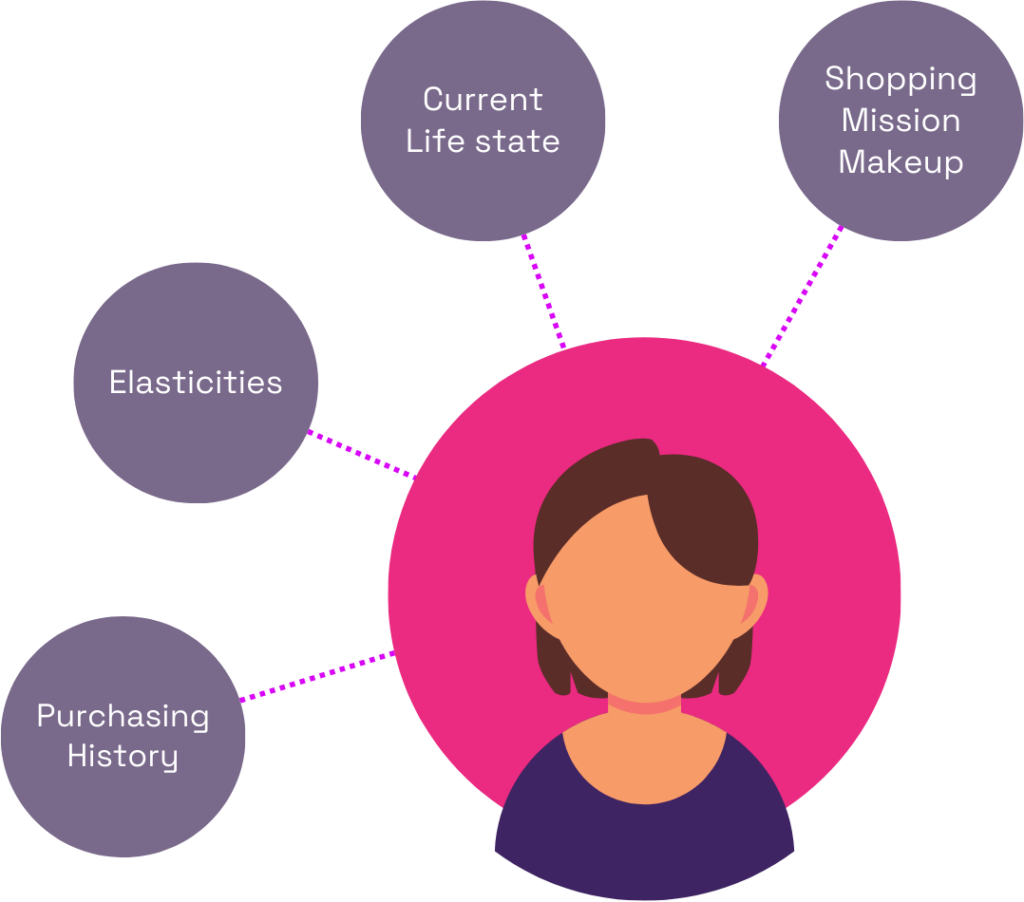
Propensity Model
Understanding Hidden Value – Building Your Digital Twin
The magic of building each customer’s digital self is that it then allows us to ask a key question:
What would your customer have done if they had received no offers at all?
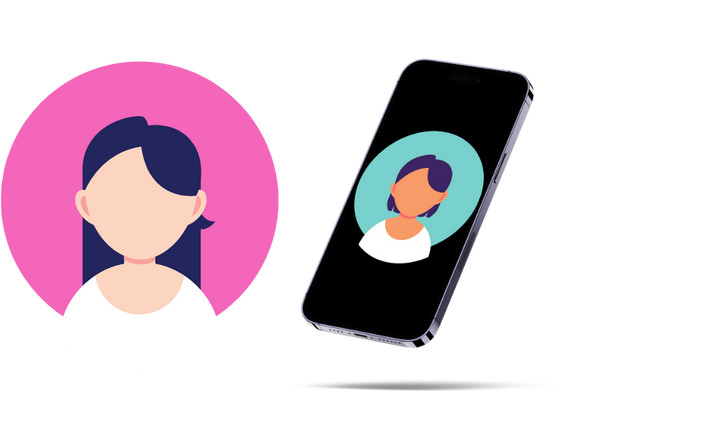
This is the real USP of our propensity models – deep and unique AI “looks ahead”, identifying each customer’s “baseline” behaviour, so you can understand:
Carry out continuous trials, without need for old-fashioned and prohibitively expensive A/B testing on huge sample sizes, but instead by investigating customer behaviour compared to their “digital” twin (like in the sciences)
Propensity Model
Giving you a True understanding of your customers
Shopping missions
Customers are not put into segments, but summarized by by their “shopping mission makeup” – allowing us to understand what is driving footfall/web visits
Life state
“Moments of change” and long-term shifts of behaviour only truly occur when a customer changes “life state”, transitional moments such as having a baby, moving house, or changing jobs
Elasticity
We understand your customers: external elasticity (likelihood of going to another store), price elasticity (how responsive they are to price changes) and promotion elasticity (how responsive they are to marketing) and brand elasticity (how brand loyal they are)
Psych Factors
Psychological factors are also key to marketing response. These include Openness to new products, Conscientiousness to value; Extroversion, self-image and response to market trends; Neuroticism and concern for health